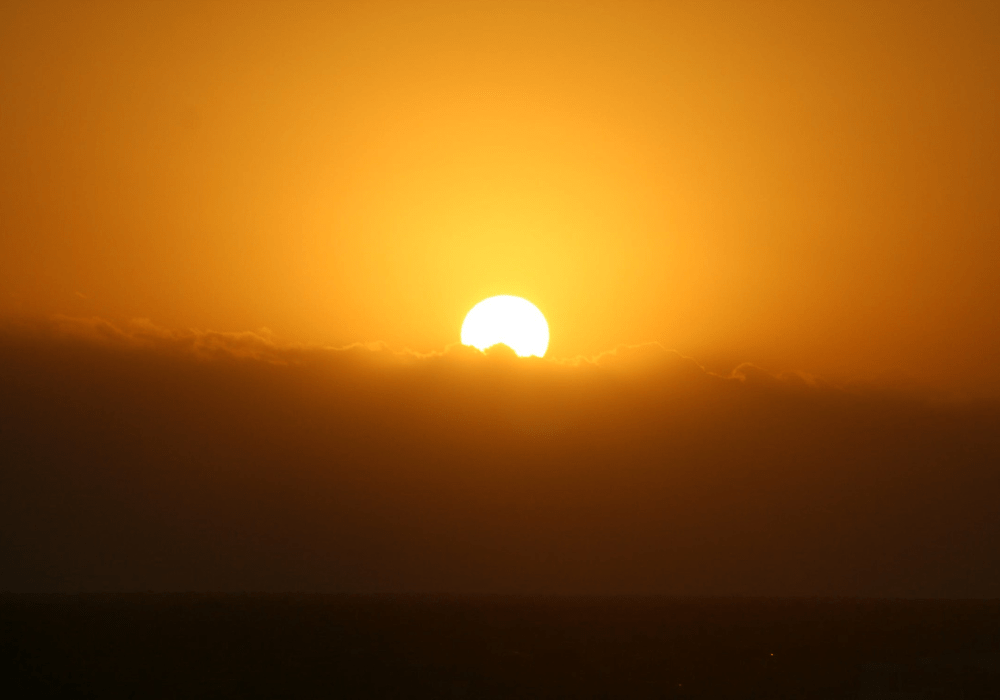
As an ongoing heat wave swamps the American South, states from Texas to Missouri and Tennessee have recorded temperatures 20 degrees above normal in the high 90s and low 100s. With weeks of extreme heat and humidity, the public health impacts and healthcare costs of our warming world have been on full display.
As the heat index continues to increase, so does the frequency of exhaustion and heat strokes, especially for families and adults who work outdoors. As people are grappling with staying safe in the heat, rescue centers such as the Wild at Heart Rescue have been aiding overheated animals like turtles, possums, and armadillos from dehydration. The combination of dry conditions and low humidity poses to be a huge threat in other Southwest regions for wildlife and fire danger.
On hot days, the health threats associated with extreme heat have also been shown to impact healthcare costs. Every summer, there are nearly 4,600 heat-related emergency department visits and 400 outpatient care visits for heat-related instances. These instances add up to about $1 billion in health care costs for the summer.
According to a study by The Center for American Progress using insurance claims data from Virginia’s database, hospitalizations due to heat-related illness increased 179% (2016) and 217% (2020) on hot days compared to non-hot days. This Virginia data was applied to all US census tracts in the United States, but more research is required to accurately monetize the effects of extreme heat on health care costs and the US economy.
On Tuesday July 4th, the temperature was recorded as the hottest day in decades, the globe’s average temperature reaching 17.18 degrees Celsius (62.9 degrees Fahrenheit). This unofficial record warns us that excessive heat and global warming poses serious threats for the planet’s future.
by Taybah Alam
